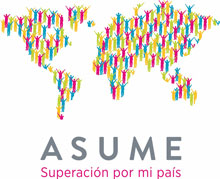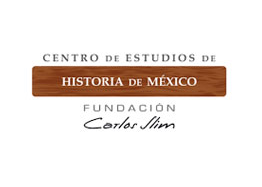Inauguration of the exhibition: Those who arrived, immigrants in Mexico
The Manuel Gamio Square at the Historic Center of Mexico City was the scene of the recently inaugurated exhibition: ‘Those who arrived, immigrants in Mexico’ (Los que llegaron, inmigrantes en México)
The exposed photographs come from the national institutions that protect the memory, as well as from the families that have treasured collections of their ancestors’ transit and the insertion of their in Mexico.
The exhibition is a journey through images of those who came to stay, with the intention of showing that the faces we see daily on the streets are the expression of several civilizations that came together in the broad national map.
This exhibition is carried out at the same time as a film series at the headquarters of the Historic Center Authority on Thursdays at 5:00 p.m. and a series of conferences that will be held on Wednesdays at 12:00 p.m. at the Carso Mexican History Studies Center.
The event was attended by Jesús Gonzáles Schmal, Historic Center Authority; Dr. Carlos Martínez coordinator of the University Seminar on Cultures of the Middle East of the Autonomous University of Mexico (UAM); Dr. Manuel Ramos, director of the Carso Mexican History Studies Center; and Monica Unikel, director of the Justo Sierra Historical Synagogue.

During his speech, González Schmal said that the capital of the country has highest density of foreign immigrants; and therefore, this place gathers the largest collection and meeting of the most diverse cultures, which also merge to revitalize each other.
“Today more than ever we must show the world that miscegenation is possible, a universal race, a country enriched by foreigners and solidified in its own traditions,” he said.
González Schmal stressed that “we are an open town, that does not close, and that has the possibility of assimilating new cultures without losing its own and without ceasing to be Mexicans, in the broader and territorial sense of the term of our country, from the most remote extreme north –which is not, as many believe, the Rio Grande, but 600 kilometers higher¬– to the south.”









